The Mobile World Congress (MWC) has firmly established itself as the main event in the mobile industry. It serves as an important platform where the latest advances in mobile technology are presented, attracting professionals and enthusiasts from all over the world. MWC 2024 was no exception, showcasing a wide range of innovative technologies that will define the future of mobile communications and beyond. This year’s show showcased revolutionary products from smartphones and wearables to laptops and concept tech gadgets, highlighting the relentless pace of innovation in the sector.
The history and significance of the World Mobile Congress
The Mobile World Congress (MWC) is organized by the GSMA, a global organization dedicated to promoting innovation in the field of mobile communications. The GSMA brings together more than 1,000 mobile operators and companies from across the mobile network to promote industry development and solutions. The origins of MWC can be traced back to the GSM World Congress in the early 1990s, which laid the foundation for what has become the most significant event in the world of mobile technology.
Over the years, MWC has evolved significantly from a small industry gathering to a massive global event. It serves as a vital platform for introducing new technologies, showcasing innovative products and establishing business connections. The event attracts a diverse audience, including industry professionals, technology enthusiasts, media and government officials who are keen to stay abreast of the latest trends and developments in mobile technology.
Mobile World Congress highlights
Mobile World Congress showcased a host of technological advancements, confirming its status as one of the major events in the mobile industry in 2024. This year’s exhibition featured revolutionary products and innovations in various categories, reflecting the dynamic nature of the fast-growing industry.
One of the highlights of MWC was the presentation of several new smartphones and wearable devices. Companies like Samsung, Xiaomi and Motorola have unveiled their latest creations, each pushing the boundaries of design, functionality and performance. These devices not only showcased advances in mobile technology, but also highlighted the growing interoperability of different technology sectors, such as wearables and health monitoring.
In addition to consumer electronics, MWC also featured significant developments in artificial intelligence (AI) and Internet of Things (IoT) technologies. For example, the Humane AI Pin demonstrated the potential of AI to create more interactive and personalized user experiences. This wearable device, capable of performing various tasks and interacting with users in natural language, illustrates the future direction of development of smart technologies.
Motorola Wearable-Phone Concept
Motorola made a big impact at the Mobile World Congress, presenting its unique development – an innovative phone that can be carried with you. This modern device combines the functionality of a smartphone with the convenience of a wearable device, offering users a versatile and technological solution. The concept phone is designed to be worn as a bracelet when not in use, allowing for easy portability and access.
When worn as a bracelet, the device saves pocket space and offers a new way of wearing technology. When needed, it can be easily removed and unfolded to be used as a regular smartphone. This dual functionality not only increases convenience, but is also a significant step forward in the development of wearable technology.
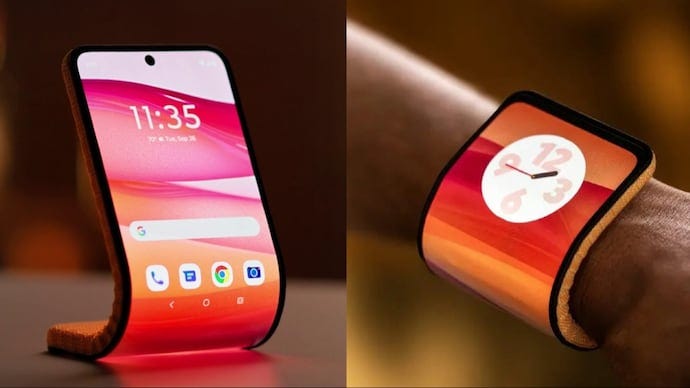
Samsung Galaxy Ring
The Samsung Galaxy Ring was one of the highlights at MWC, offering a new approach to health tracking technology. This sleek and compact wearable device focuses on providing key health metrics in a more discreet way compared to traditional smartwatches. The Galaxy Ring is designed to monitor sleep, heart rate and menstrual cycles, meeting a wide range of health and wellness needs.
One of the key advantages of the Galaxy Ring is its discreet design. Many users find a regular smartwatch bulky, especially when worn while sleeping. The Galaxy Ring solves this problem by offering a smaller and more comfortable alternative that can be worn day and night without discomfort. This makes it an attractive option for users who prioritize health tracking but prefer a less intrusive device.
In addition to its health tracking capabilities, the Galaxy Ring also seamlessly integrates with Samsung’s broader ecosystem of devices and services. This allows users to access their health data across multiple platforms, improving the overall user experience. The device’s compatibility with other Samsung products ensures that users can enjoy a holistic and interconnected experience, further driving the adoption of wearable technology.
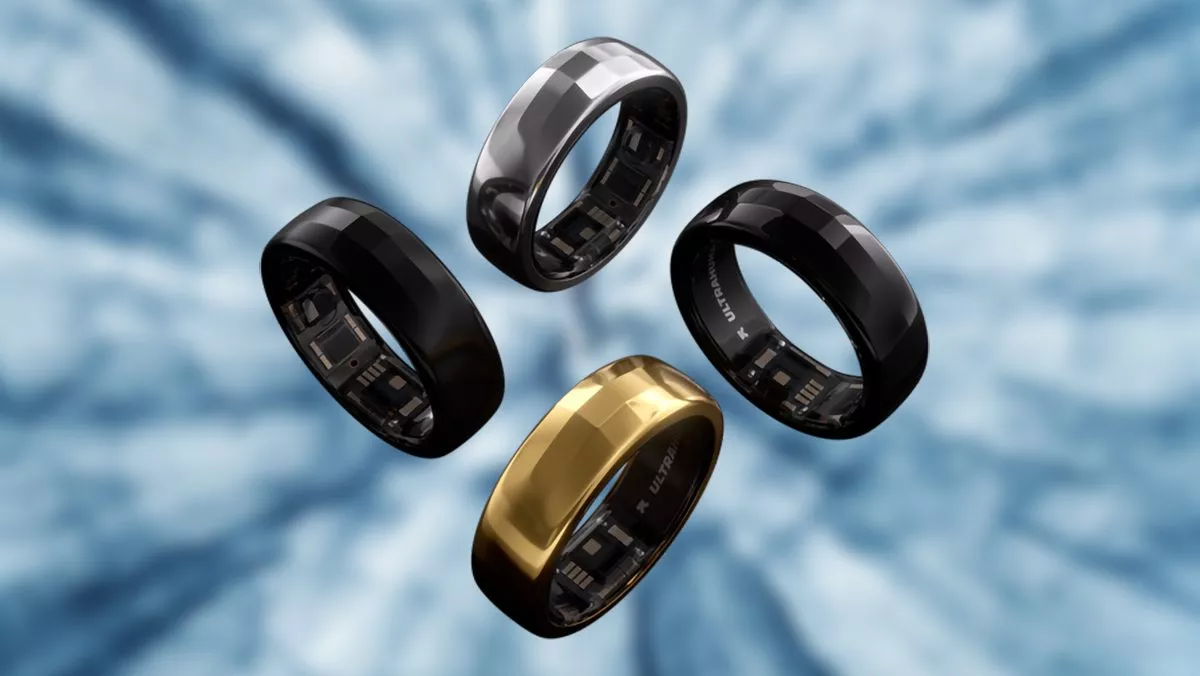
Humane AI Pin
Humane AI Pin This small wearable device uses artificial intelligence to provide users with a wide range of interactive and personalized features. AI Pin can perform various tasks such as language translation, currency conversion and messaging, making it a versatile tool for everyday use.
One of the features of the Humane AI Pin is its ability to interact with users in their native language. This means that users can talk to the device, ask it questions and get answers in conversational form. The AI Pin can also project text or images onto the user’s hand using lasers, offering a unique way to display information and interact with the device.
AI Pin works independently of smartphones, using its own phone number and data processing capabilities. This autonomy allows it to function as a stand-alone device, providing users with a convenient and versatile tool for various tasks. The device’s ability to learn the user’s speech style and adapt its responses accordingly further increases its usefulness and ease of use.
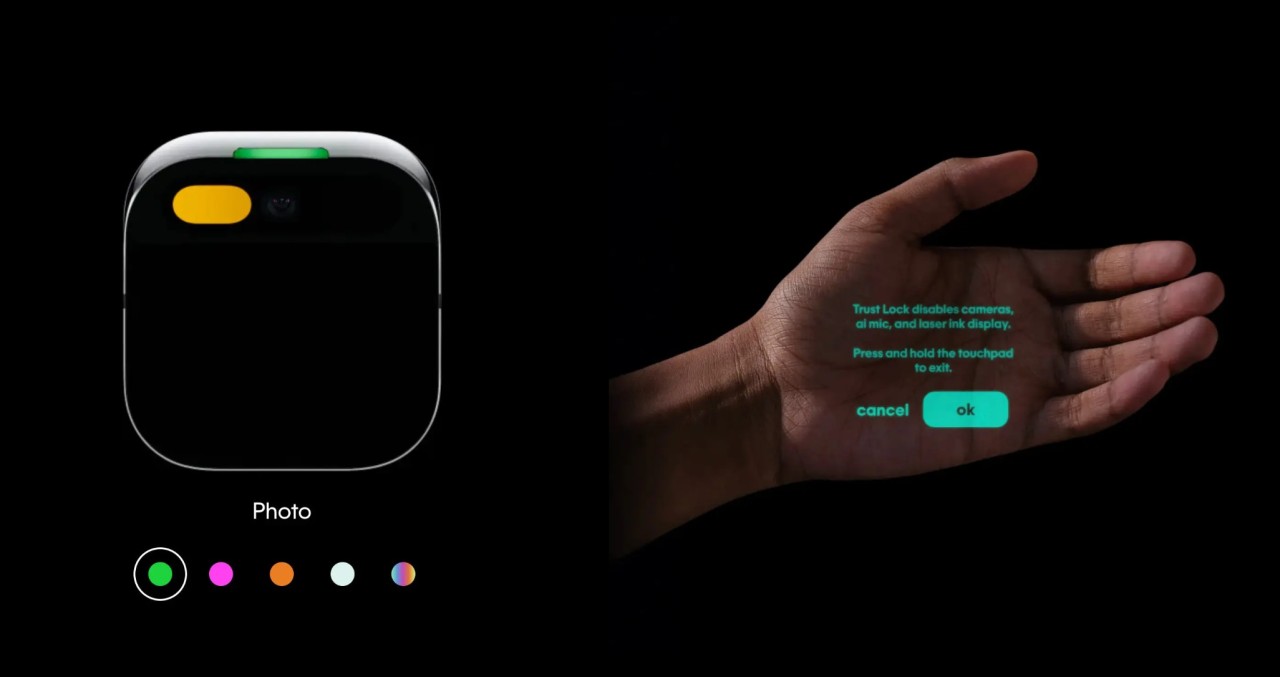
Xiaomi 14 Ultra
The Xiaomi 14 Ultra smartphone offers a combination of advanced photography capabilities and high-performance specifications, which became the main event at the exhibition. The device is equipped with a dual rear camera, including a large image sensor and lenses developed in collaboration with Leica, making it a powerful tool for photography enthusiasts.
Xiaomi 14 Ultra features a 1-inch variable aperture image sensor. This allows the camera to capture more light and produce high-quality images in different lighting conditions. The collaboration with Leica ensures that the camera system delivers exceptional image quality with accurate color reproduction and sharp details.
In addition to its photographic prowess, the Xiaomi 14 Ultra is equipped with the latest Qualcomm Snapdragon 8 Gen 3 processor, providing the highest performance for a wide range of applications. The device also boasts a 5,000mAh battery and 90W fast charging, so users can stay connected and productive all day without worrying about battery life.
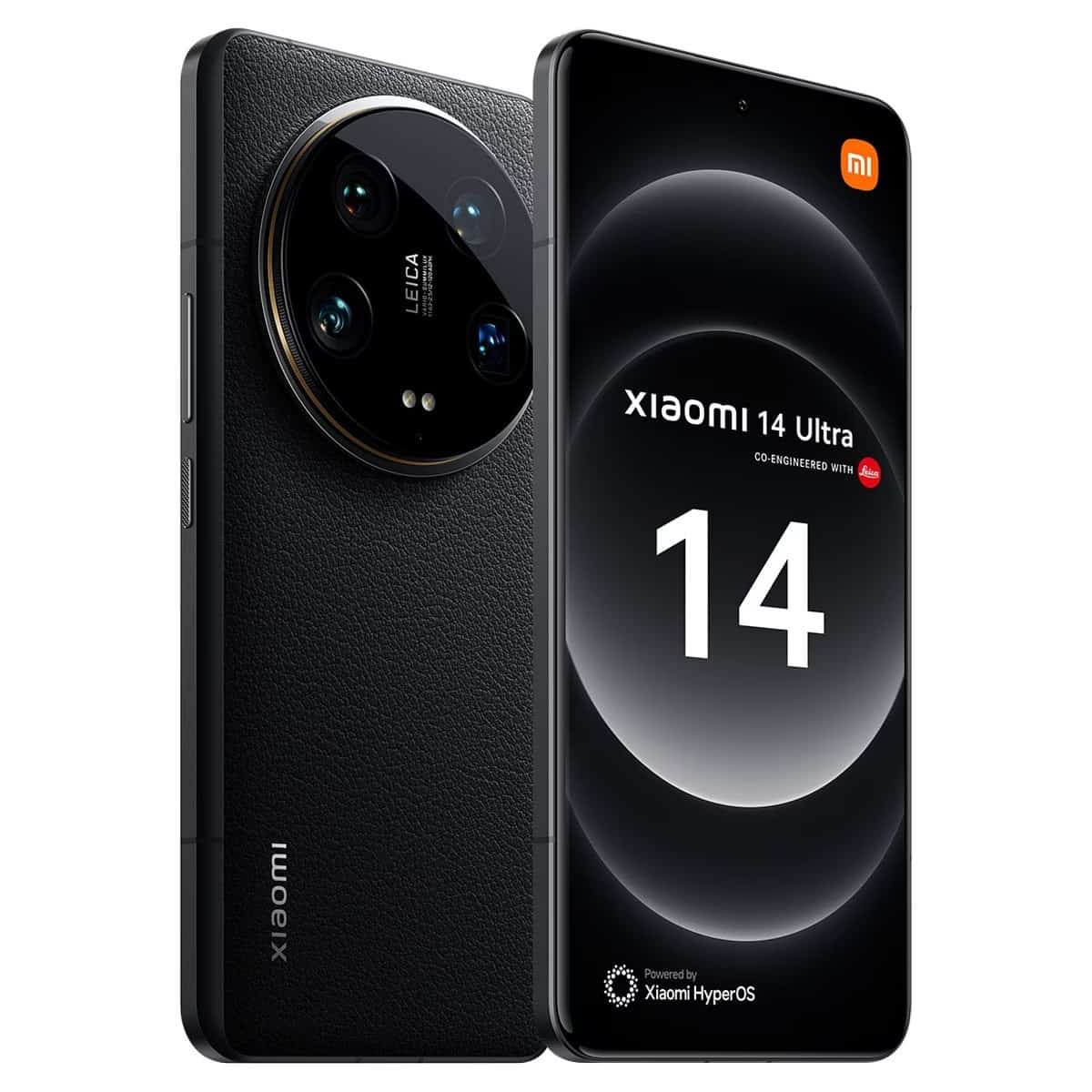
Xiaomi SU7 EV
Xiaomi made a big impact at Mobile World Congress by unveiling its new electric car, the Xiaomi SU7 EV. This elegant and sporty electric car has impressive performance and range, demonstrating Xiaomi’s ability to innovate beyond the realms of mobile technology.
Thanks to specially designed electric motors, the Xiaomi SU7 EV boasts a zero to 60 mph time of just 2.78 seconds. Such rapid acceleration puts the SU7 on par with the leaders in the EV market, underscoring Xiaomi’s engineering prowess and commitment to high-performance technology. The car’s bright blue color and sleek design also make it a visually striking addition to the EV market.
One of the most impressive features of the SU7 EV is its claimed range of over 470 miles on a single charge. This exceptional range sets a new standard for electric vehicles, offering users greater flexibility and reducing the need for frequent charging. Xiaomi also noted that the SU7 could accommodate larger batteries, potentially increasing its range to more than 700 miles. In addition, the car supports ultra-fast charging, capable of increasing the range by 317 miles in just 15 minutes on a fast charger.
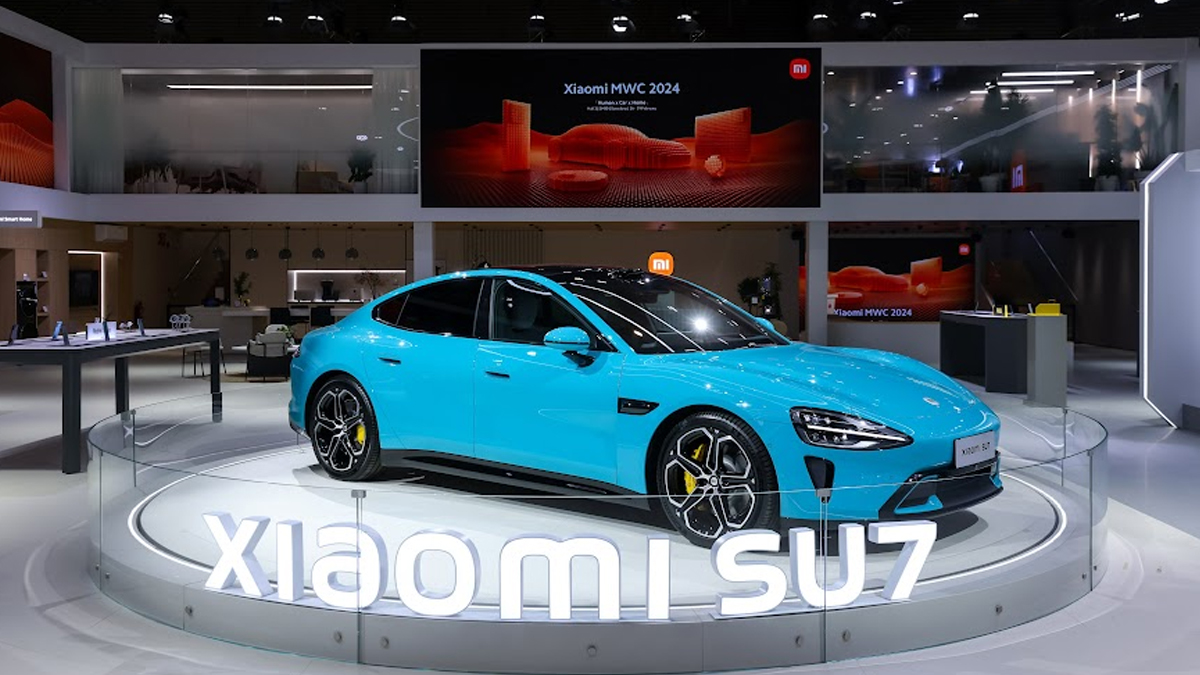
Lenovo ThinkPad T-series laptops
Lenovo’s ThinkPad T series notebooks demonstrated the company’s commitment to development and empowerment at Mobile World Congress. Developed in collaboration with iFixit, these laptops are easily repaired and upgraded, meeting the growing consumer demand for more durable and long-lasting technology products.
A key feature of ThinkPad T-series notebooks is their user-friendly design, which allows owners to easily replace batteries, upgrade memory and drives, and replace components such as the screen and keyboard. This level of maintainability not only extends the life of laptops, but also reduces the amount of e-waste, contributing to the creation of a greener technology industry.
Lenovo’s partnership with repair advocacy group iFixit underscores the importance of promoting repairability and sustainability in consumer electronics. By making it easier for users to maintain and upgrade their devices, Lenovo helps reduce the impact of its products on the environment and supports the circular economy. This approach is in line with wider industry trends towards sustainable development and responsible consumption.
ThinkPad T-series notebooks also feature high technical characteristics, making them suitable for a wide range of professional and personal tasks. With powerful processors, large amounts of memory and high-quality displays, these laptops provide the performance and reliability that users have come to expect from the ThinkPad brand.
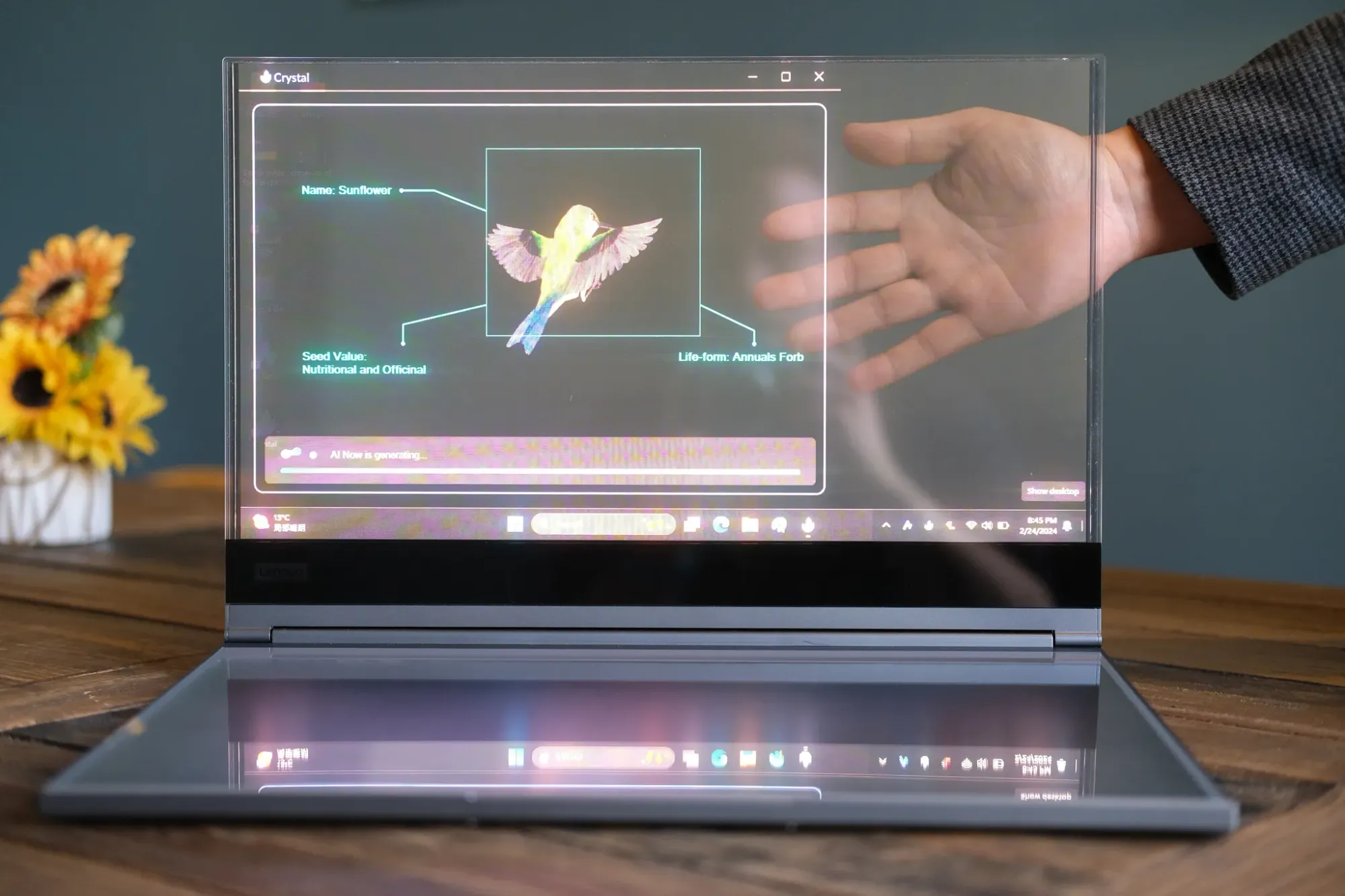
4YFN – Four Years From Now
4YFN (Four Years From Now) is an integral part of the World Mobile Congress, which will celebrate its 10th anniversary in 2024. This event focuses on the international entrepreneurial system, bringing together technology startups, investors, corporations and government institutions to promote innovation and business development. 4YFN provides startups with a unique platform to connect with key decision makers, showcase their innovations and explore opportunities for growth and collaboration.
One of the main goals of 4YFN is to support the development of early-stage startups by providing them with access to resources, mentorship and networking opportunities. The event features a series of events designed to foster such connections, including pitch competitions, investor meetings and panel discussions. These events help startups to gain popularity, attract investments and build strategic partnerships.
Conclusion
Mobile World Congress showcased the dynamic nature of the mobile technology sector, showcasing significant innovations and future trends. From wearable technology to cutting-edge smartphones and electric vehicles, MWC continues to be the key event to showcase the latest advancements in the industry. The emphasis on sustainability and maintainability also underscores the growing commitment to environmental responsibility.